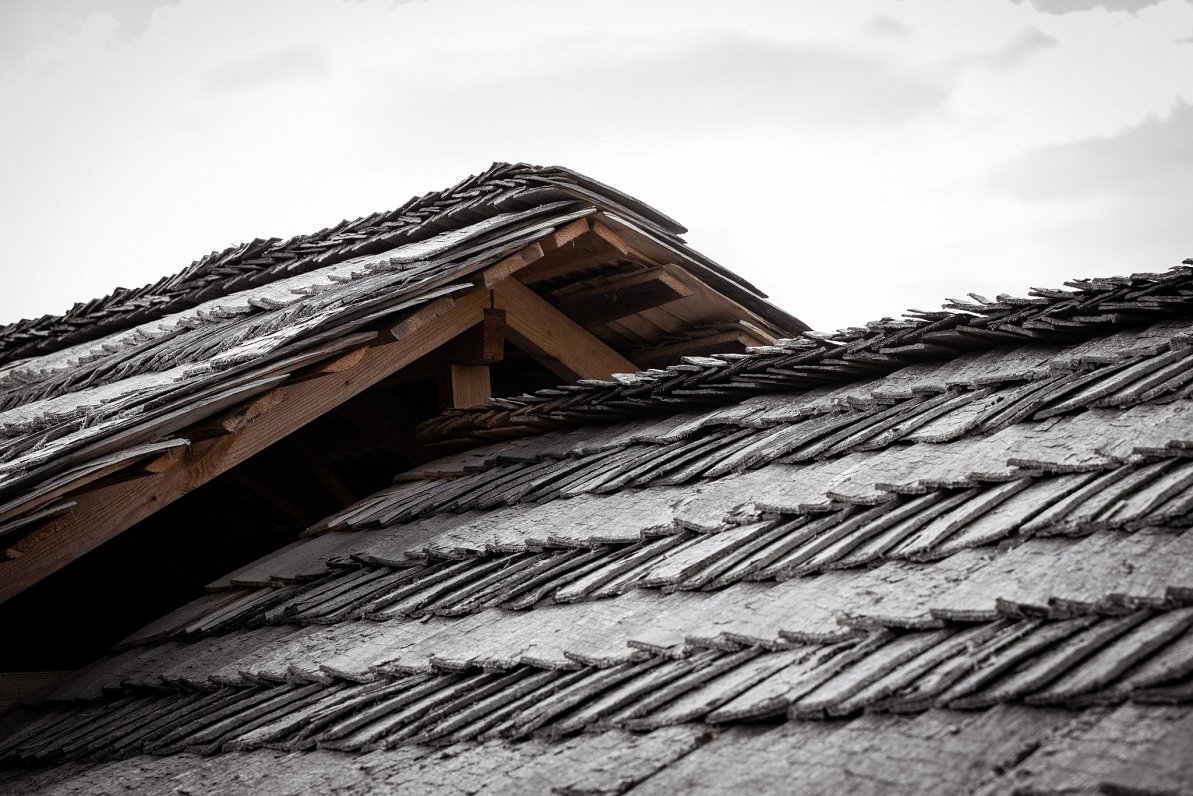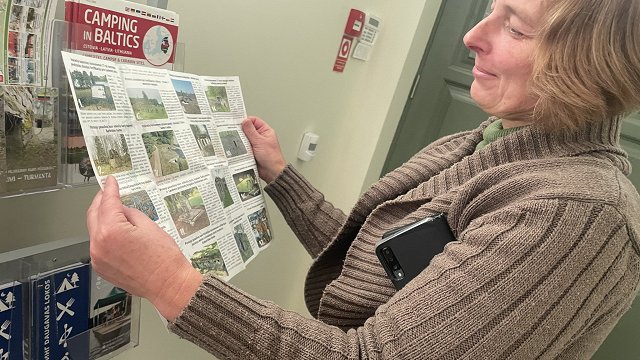The ancient dispute of what came first, the chicken or the egg, is not applicable to houses. Roof came first. No roof - no house. Synthetic coverings, chemical paints, plastic film and other oil by-products have only become common recently. For thousands of years, houses were built from material found nearby. The most accessible material in the territory of Latvia is certainly wood.
Oskars Mežnieks is father to five children. Together with his wife, Ilze, he tests many environmentally friendly farming methods on his property. In crafts-related matters, Oskars can be contacted via his website or by calling 26297885.
Shingle roofs came to Latvia at the end of 19th century and experienced a boom in the 1920s. Details of the technique have already been described in 1933.
If you learn how to properly cover and fix a shingle roof, it will be less costly than any other material and will hold for at least 30 years.
Tools and materials
- A roofing hatchet, which is a hatchet on one end, a hammer on the other.
- A bag for nails, easy to open and close.
- Measuring tape.
- Comfortable outfit.
The shingles are made of aspen tree. Best is a tree of about 30 years in age. Pine and spruce are also sometimes used. Shingles should be around 70 centimeters long, 7.5 cm wide and at least 8.5 mm thick.
Construction process:
- A roof structure is built first.
- The shingles are laid with the "feather" downward so water can run down.
- Two or three layers are made. If there are two layers, the upper layer covers the bottom layer at least half its length, if three, then at least two-thirds. Three layers will be more durable.
It is recommended to build these roofs in autumn. No chemicals are needed.
You may practice your first shingle roof on a doghouse or a shed. If you learn the skill, you will always be ready to put a cheap, ecological, durable roof over your head.



























